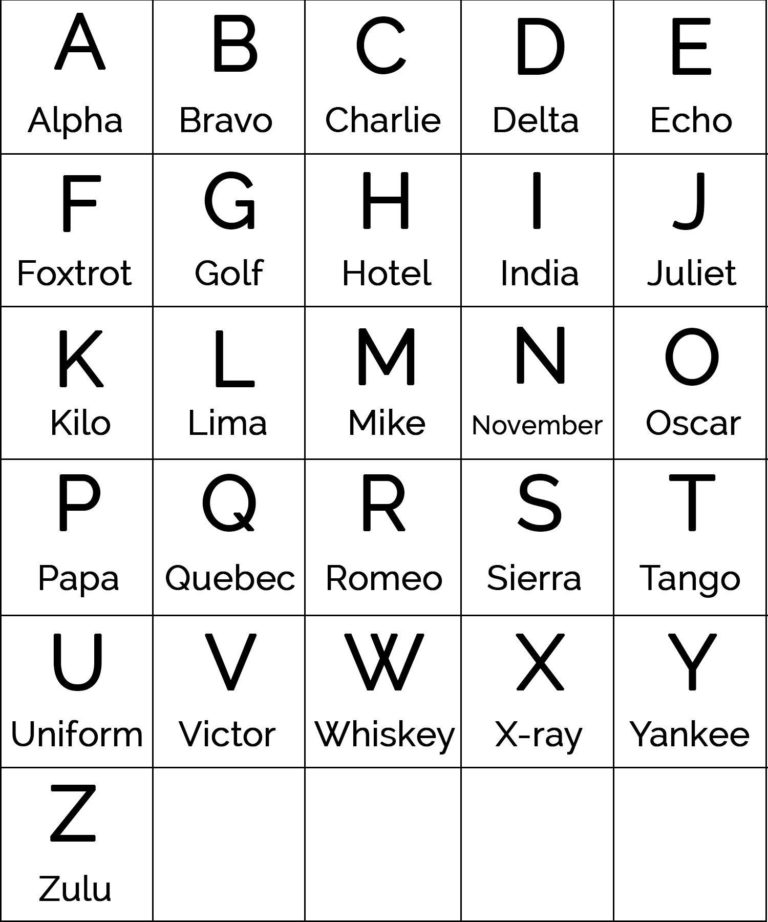


For example, children will already know /ai/ as in ‘rain’, but now they will be introduced to /ay/ as in ‘day’ and /a-e/ as in ‘make’. They will begin to learn to choose the appropriate grapheme when spelling. In Level 5 children will be taught some new graphemes and alternative pronunciations for these graphemes and graphemes they already know. There is also an emphasis on teaching words which have adjacent consonants, such as ‘strap’, ‘start’, ‘pumpkin’ and ‘monster’. The main aim of this level is to consolidate the children’s knowledge learnt previously and apply this into two syllable and polysyllable words such as ‘sandpit’, ‘windmill’ and ‘lunchbox’. In Level 4, no new graphemes are introduced.

Vowel digraphs: ai, ee, igh, oa, oo, ar, or, ur, ow, oi, ear, air, ure, er Level 4 New graphemes are introduced one at a time in the following sequence: Children learn to blend them together to read simple words and segment them to support spelling simple words such as ‘sad’, ‘hot’, ‘mess’. In Level 2, letters and their sounds (phonemes) are introduced one at a time.Ī set of letters is taught each week, in the following sequence:Ĭhildren are taught that words are constructed from phonemes and that the sound they make are represented by graphemes. Talking about sounds (developing vocabulary and language comprehension).Listening and remembering sounds (auditory memory and sequencing).Tuning in to sounds (auditory discrimination).Level 1 of Twinkl Phonics concentrates on developing children’s speaking and listening skills and lays the foundations for all future phonic work.


 0 kommentar(er)
0 kommentar(er)
